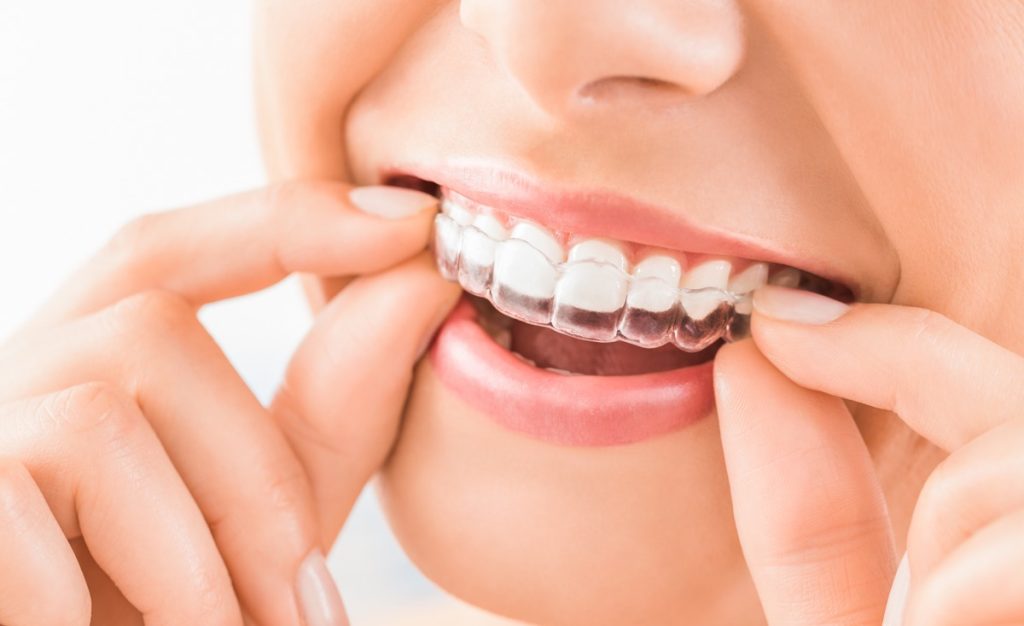The last decade in the dental industry has seen such incredible advances in orthodontics ensuring that patients with misaligned teeth and jaws can enjoy successful treatment. Dental braces in particular are almost unrecognisable from the large, uncomfortable appliances they used to be. Their design now and the variety of materials used have made them more comfortable and effective. Technology and dental science have combined to not only enhance existing products but also create new methods and techniques.
Technology helping with consultations
Our smartphones have been equipped with cameras which has allowed the dental industry to utilise software to make dental care easily accessible to those who lead busy lifestyles. A patient can send a photo or video of their teeth to the dentist who can get an initial impression of what the patient’s concern is and do a preliminary assessment of the problem. Using the latest dental software any problems that exist or that may manifest later can be highlighted. The dentist can then arrange a video call so that treatment requirements can be discussed and all this before even setting foot into the dental surgery.
Moving to the next stage
If misaligned teeth have been diagnosed the patient will now need to visit the dentist to proceed to the first stage of treatment. This is the stage where the best treatment for the particular condition will be discussed and if Invisalign in Sheffield is the treatment of choice the dentist will be able to show a virtual image of what the patient’s teeth will look like after treatment.
The latest aligner system

Orthodontic treatments for misaligned teeth now allow the dentist to be able to be more precise when deciding on which procedure to prescribe. Braces and aligners are designed to achieve similar results using different techniques. For teeth that are crooked, too crowded or which cause an overbite, underbite, etc. The method employed will depend on the severity of the condition and the patient’s preference. One of the benefits of clear aligners is the fact that it offers a very discreet option. Depending on the type, braces use a variety of blocks, wires and bands to shift the teeth to the correct position and are usually placed on the front of the teeth. Lingual braces are placed behind the teeth and are therefore less conspicuous, and as a result, are more popular with adults. Aligners use a different technique to braces and involve the use of a series of “trays” each with a slightly different orientation. The “trays” are in the form of gum shields which fit over the teeth and are made of a clear dental material which makes them almost invisible. These gum shields are each worn for around three to four weeks at a time and each one is designed to gradually move the patient’s teeth to the desired location. They must be worn for at least twenty two hours per day but can be removed to eat and to brush and floss.
Straight teeth at the end of treatment
At the end of the treatment period which can be from six months to eighteen months depending on the patient’s condition, it will be necessary to wear a retainer for up to a month or two to give the teeth time to settle in their new position. The result will be a set of straight and regular teeth allowing the patient to produce a confident, radiant, broad smile.
